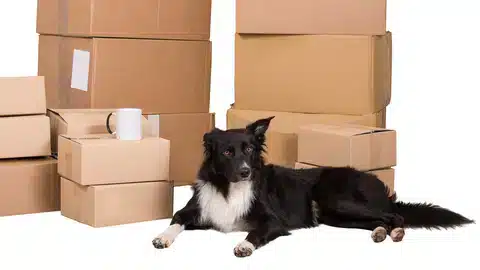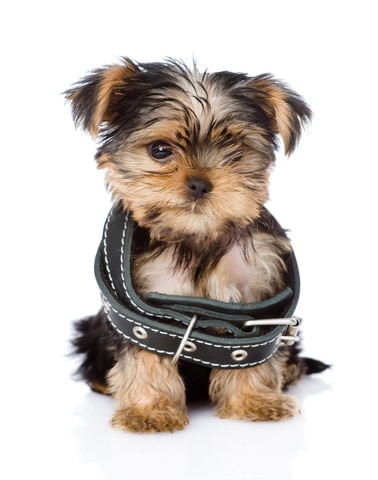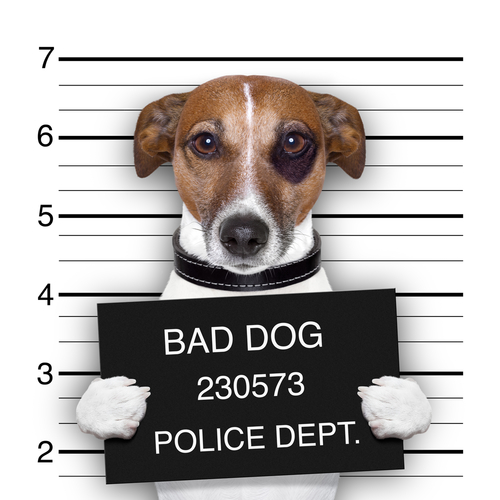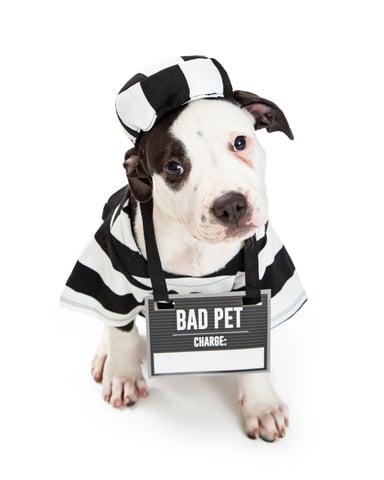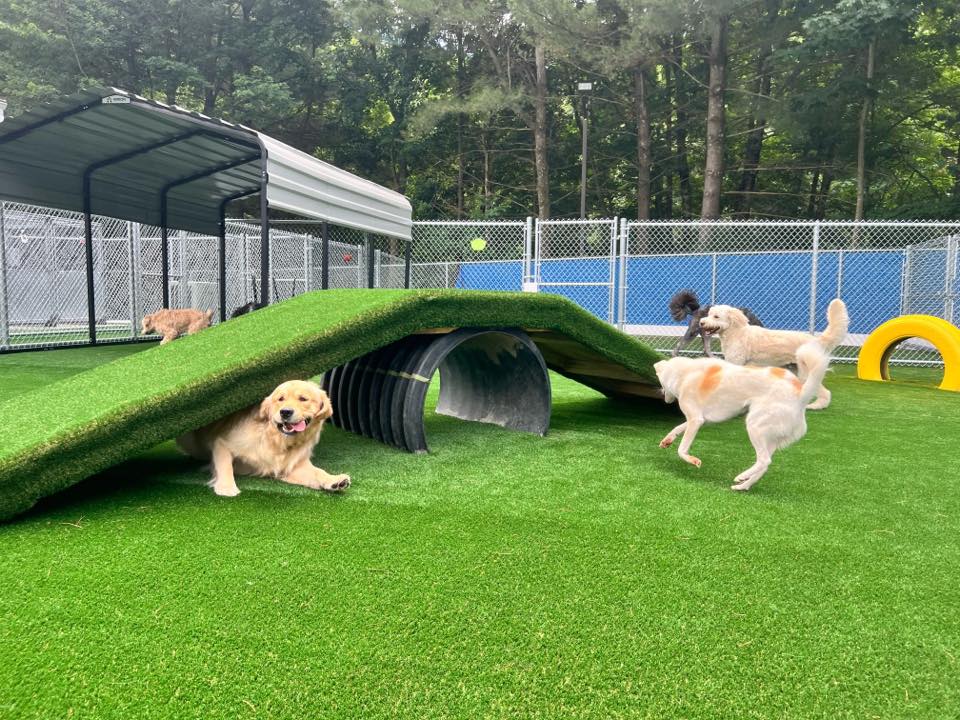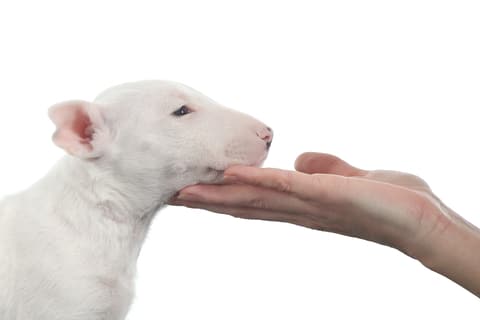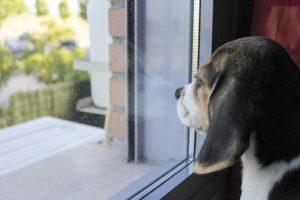
Larry and I have been home together 24/7 for six weeks, with few brief separations for occasional food shopping. While I love being with Larry from one perspective, it is likely creating an issue for the future when Larry will be left home alone.
Sooner or later — hopefully sooner — businesses including restaurants will re-open, people will go back to work, kids will have activities outside the house, and the family dog will be left alone for the first time in quite a while. Even dogs that stayed home alone prior to the pandemic may experience some separation issues when left alone again.
With time to plan ahead, now is a good time to start acclimating your dog to the coming changes. This is especially important for puppies that have never been left alone.
If your dog has stayed in a crate when alone, it’s possible he or she hasn’t been crated recently. Start re-acclimating your dog to being crated alone in a room away from the family. If your puppy has never been crated, start training now.
Here are some suggestions to help ease the transition to staying alone.
Establish a routine that will continue once the current restrictions are relieved. This should include:
A walk for the dog to have a chance to relieve himself before being left
A short training session (five minutes) for your dog to use her brain and have your focus
Spray lavender essential oil mixed with water on your dog’s bedding, your dog’s forechest (under his neck) and front legs.
Then ignore her for 10 minutes.
After 10 minutes of having no attention from you, put your dog in whatever area (crate or room) she’ll be left in.
Play the radio or TV to cover the sounds of you leaving (or in this case, staying home). Meditation or classical music is best.
Say something neutral such as “See you later.” Then just leave the room and close the door.
When you first start this routine, leave your dog alone for a just a few minutes.
Be as quiet as possible so your dog won’t hear you moving around.
After a few minutes, free her, and ignore her for two minutes.
Focus on being calm — you don’t want either your leave-taking or your “reunion” to be emotional.
Gradually increase the time you leave your dog alone to 15 or 20 minutes.
Once your dog is comfortable being left alone while you’re still in the house, start taking a daily brief trip out of the house—just 10 or 15 minutes. Go for a walk or short drive.
Follow the same routine you’ve established.
Avoid a stressful goodbye. Just leave.
When you start this gradual transition, if your dog exhibits any stressful behaviors such as barking or destructive behavior, before continuing, consult with a behavior consultant or trainer.
An alternative to leaving your dog home alone is to consider dog daycare or day boarding. Make sure wherever you take your dog or puppy is following the CDC guidelines for safe interaction.
